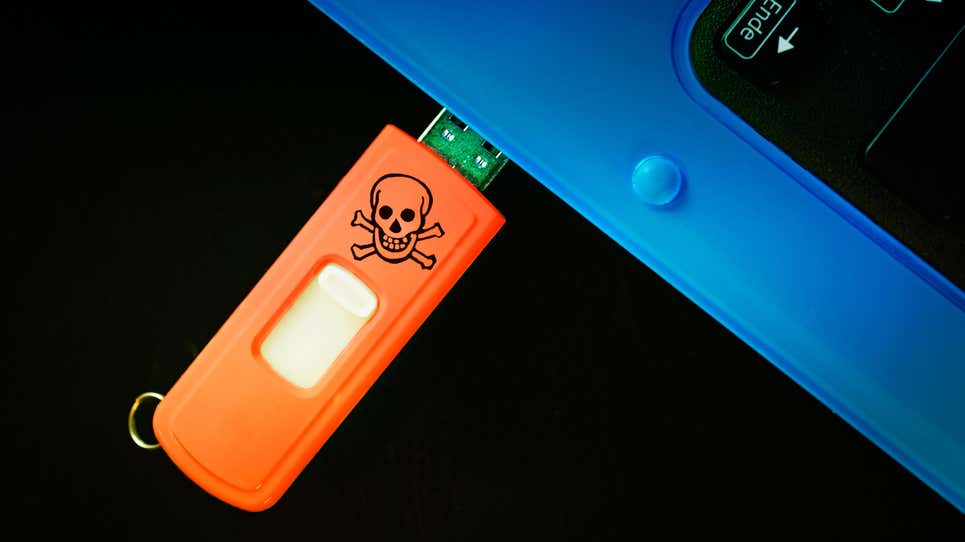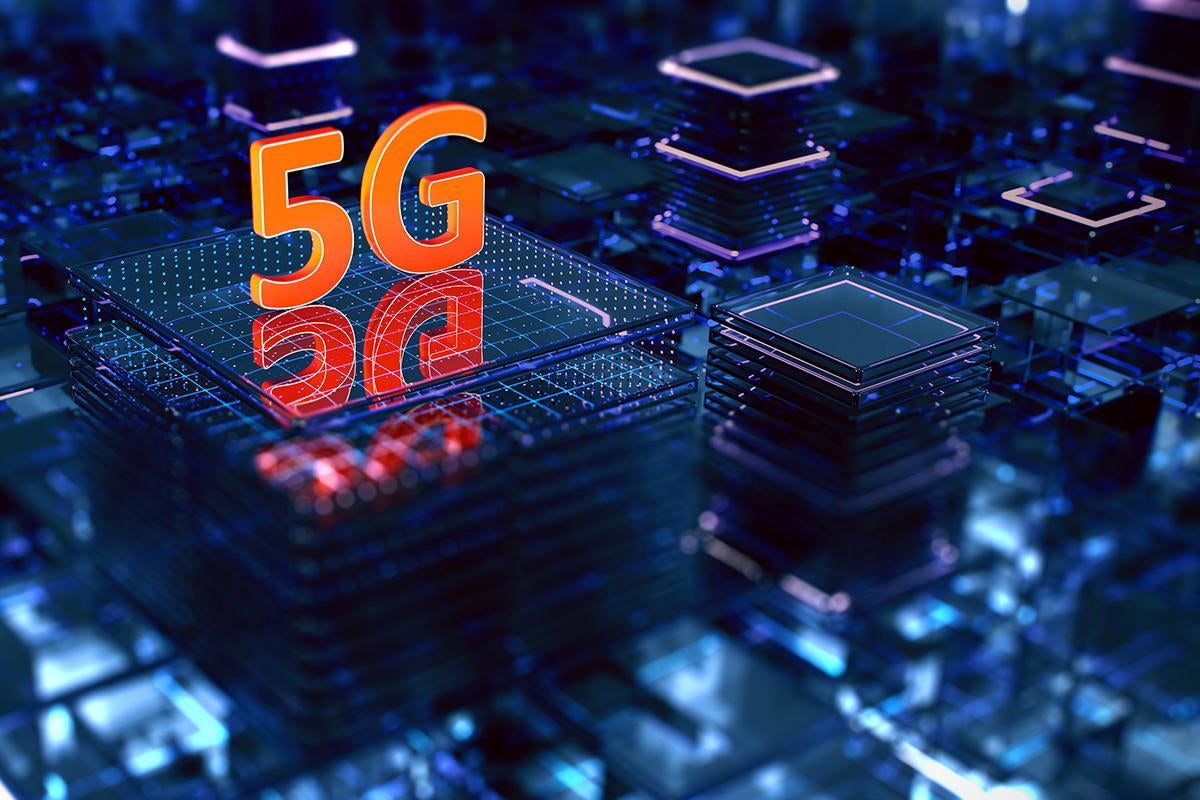Observability: How AI will enhance the world of monitoring and management

Observability is based on Control Theory, according to Richard Whitehead, the
chief evangelist at observability platform developer, Moogsoft. The idea is that
with enough quality data at their disposal, AI-empowered technicians can observe
how one system reacts to another, or at the very least, infer the state of a
system based on its inputs and outputs. The problem is that observability is
viewed in different contexts between, say, DevOps and IT. While IT has worked
fairly well by linking application performance monitoring (APM) with
infrastructure performance monitoring (IPM), emerging DevOps models, with their
rapid change rates, are chafing under the slow pace of data ingestion. By
unleashing AI on granular data feeds, however, both IT and DevOps will be able
to quickly discern the hidden patterns that characterize quickly evolving data
environments. This means observability is one of the central functions in
emerging AIOps and MLOps platforms that promise to push data systems and
applications management into hyperdrive.
The Fourth Industrial Revolution will be people powered

while there is a common perception that digitization and automation are a threat
to the world’s workers, companies at the forefront of the technology frontier
have actually created jobs—different, new roles that are much more high tech
than the roles of the past. And with the current labor mismatch being felt in
many countries, the time is now to further engage workers for a digitally
enabled future. ... This focus is backed by growing research proving that
workforce engagement is key. Over the last several years, research with the
World Economic Forum, in collaboration with McKinsey, surveyed thousands of
manufacturing sites on their way to digitizing operations and have identified
about 90 leaders. These are the lighthouses—sites and supply chains chosen by an
independent panel of experts for leadership in creating dramatic improvements
with technology. Together they create the Global Lighthouse Network, committed
to sharing what they’ve learned along the way.
FarmSense uses sensors and machine learning to bug-proof crops

The impact of this technology is clear. For farmers tending to fields large
and small, real-time information on insects would not only be important for
their financial security, but would also allow them to potentially conserve
and protect critical resources, such as soil health. But FarmSense claims it
wants to empower rural farmers who they say are disproportionately impacted by
the damages caused by insects. Yet $300 per sensor per season is stiff, posing
a potential risk to adoption and, thus, to the tech’s ability to even solve
the issue of insect damage in the first place. One of the most difficult
things for small scale-farmers is managing risk, said Michael Carter, the
director of the USDA-funded Feed the Future Innovation Lab for Markets, Risk,
and Resilience and distinguished professor of agricultural and resource
economics at UC Davis. “Risk can keep people poor. It disincentives investment
in technologies that would raise income on average, because the future is
unknown,” Carter said. “People with low wealth obviously don’t have a lot of
savings, but they can’t risk the savings to invest in something that might
improve their income that also might cause their family to starve.”
Why the road to stakeholder capitalism begins with diverse boards
While the pandemic cast the notion of stakeholder capitalism in sharp relief,
part of this conversation points to historic shifts from tangible to
intangible assets. In the past, markets and investors measured company value
using conventional financial yardsticks developed for asset-intensive
businesses. This approach, however, no longer captures the full value picture
– both in terms of risk and opportunity – because today it is often a
company’s intangibles that are the real drivers of value. Consider certain
tech and software companies: what are their significant hard assets? The
growing acceptance of ESG across the financial sector shows that investors are
beginning to recognize the intangibles upon which we all depend. This newfound
acknowledgment and pricing in of integral things that matter – including
natural, human, and social capital – points to the interconnectedness of
stakeholders and the need for boards to reflect that broader view. ... This
change in mindset is not insignificant.
Hackers Have Been Sending Malware-Filled USB Sticks to U.S. Companies Disguised as Presents

While it might seem ridiculous that anyone would plug a random USB stick into
their computer, studies have shown that, actually, that’s exactly what a whole
lot of people do when confronted with the opportunity. Thus the popularity of
the “drop” trick, in which a malicious drive is left in a company’s parking
lot in the hopes that the weakest link at the firm will pick it up and, out of
curiosity, plug it into their laptop. Actually, if you believe one
high-ranking defense official, a disastrous, worm-fueled attack on the
Pentagon in 2008 was launched just this way. Hackers have also attempted to
use USBs as a vector for ransomware attacks before. Last September, it was
reported that gangs had been approaching employees of particular companies and
attempting to bribe them into unleashing ransomware on their company’s servers
via sticks secured by the hackers. All of this is a roundabout way of saying a
few basic things: Don’t accept gifts from strangers, avoid bribes, and, if you
don’t know where that USB stick came from, better leave it alone.
GM says Qualcomm’s computer chips will power its next-gen ‘hands-free’ driving mode
:format(webp)/cdn.vox-cdn.com/uploads/chorus_image/image/70355617/cadillac_2021_escalade_0433.0.jpg)
GM first announced Ultra Cruise during an investor event last year, describing
it as a massive leap over the company’s Super Cruise system, which allows for
hands-free driving on mapped, divided highways. In contrast, Ultra Cruise will
cover “95 percent” of driving scenarios on 2 million miles of roads in the US,
the company claimed. “We’re attempting to have this feature be sort of a
door-to-door driverless operation,” said Jason Ditman, chief engineer at GM,
in an interview with The Verge. “When the vehicle gets onto a capable road,
Ultra Cruise will automatically engage and handle the majority of the work,
hands-free. Stop signs, stoplights, turns, splits, merges, freeways,
subdivision... all of those domains.” That’s thanks to Qualcomm’s new
high-powered processors, Ditman said. Last year, Qualcomm entered into an
agreement with GM to provide computer chips for the automaker’s next
generation of electric vehicles. When it comes out in 2023, the Cadillac
Celestiq will be one of the first vehicles to feature the chipmaker’s new ADAS
platform, which includes Qualcomm’s Snapdragon SA8540P system-on-a-chip and
SA9000P artificial intelligence accelerator.
France opens access to quantum computing to researchers, start-ups

The aim is to make this technology accessible to as many people as possible,
including the scientific community and French and EU start-ups. The intent is
to ensure France does not miss out on the major advances quantum computing
could make in the decades to come. The platform will be installed at the
High-Performance Computing Centre at the French Atomic Energy Commission
(CEA). “By mid-2022, we will open a procedure […] for the purchase of two to
three quantum hardware machines that are integrated into the platform,” said
O, adding that two other calls for tender are planned over the next three
years”. The platform has a total budget of €170 million and is part of the
€1.8 billion national quantum strategy, inaugurated on 21 January 2021 by
President Emmanuel Macron, who is keen to make this technology a major issue
for France’s sovereignty, strategic superiority and independence. According to
Paris, France wants to become one of the world’s leading powers in the field,
but the intention is not to sideline its European neighbours.
The real value of 5G and cloud computing

At the essence of cloud and 5G is that we can leverage cloud-based resources
mixed with enterprise resources. Let’s face facts: We’re heading to an
enterprise IT future of multicloud meets hybrid cloud meets edge computing
meets complex and dynamic applications that run anywhere and everywhere. Thus,
the future becomes less about the cloud and more about new and emerging ways
to leverage all technology, cloud or not, that will be widely distributed and
complex. The automation of 5G allows for the orchestration of systems in
different network domains, be it your phone, desktop, TV, an enterprise server
in a datacenter, or a public cloud provider. We’re quickly moving to not
caring about where something runs but needing that something to migrate
automatically to optimize how it runs and scales, cloud or no cloud. Also,
this won’t happen unless we automate security and network provisioning as
well. The bottom line is that 5G coupled with cloud computing can bring much
more computing power to many more people and their companies.
Putting stakeholder capitalism into practice

The real issue is the trade-offs between short-termism and long-termism.
Eighty percent of CFOs tell us in surveys that they would reduce discretionary
spending on potentially high-NPV [net present value] activities like R&D
and marketing to achieve short-term earnings targets. They are literally
sacrificing the long term for the short term. Yet research shows companies
that think long-term—meaning five to seven years ahead—substantially
outperform, achieving 47 percent higher revenue growth over a 15-year period,
for example. Stakeholder and shareholder interests do align in the long term.
If you have happy employees, collaborative suppliers, satisfied regulators,
and devoted consumers, then they will help you deliver higher benefits over a
longer-term period. It is hard to satisfy everybody in the short term; you may
have to make trade-offs, for example, between purpose and profit. But in the
long term, we don’t believe this trade-off exists. The crystalizing concept
here is purpose-driven ESG. Companies wondering how to deliver on the
long-term stakeholder goals should start by asking the questions, “What is our
purpose? What would the world lose if our company disappeared?”
AI is quietly eating up the world’s workforce with job automation

AI is also automating jobs in customer service, accounting, and a host of
other professions. For instance, companies like Thankful, Yext, and
Forethought use AI to automate customer support. This shift is often
imperceptible to the customer, who doesn’t know if they’re speaking to a
biological intelligence or a machine. The rise of AI-powered customer service
has big implications for the workforce. It’s estimated that 85 percent of
customer interactions are already handled without human interaction. According
to the Bureau of Labor Statistics, there are nearly 3 million customer service
representatives employed in the United States. Many of these jobs are at risk
of being replaced by AI. When jobs like these are automated away, the question
is: Where do the displaced workers go? The answer is not clear. It’s possible
that many of these workers will be re-employed in other fields. But it’s also
possible that they will become unemployed, and that the economy will struggle
to absorb them.
Quote for the day:
"Little value comes out of the belief
that people will respond progressively better by treating them progressively
worse." -- Eric Harvey
No comments:
Post a Comment